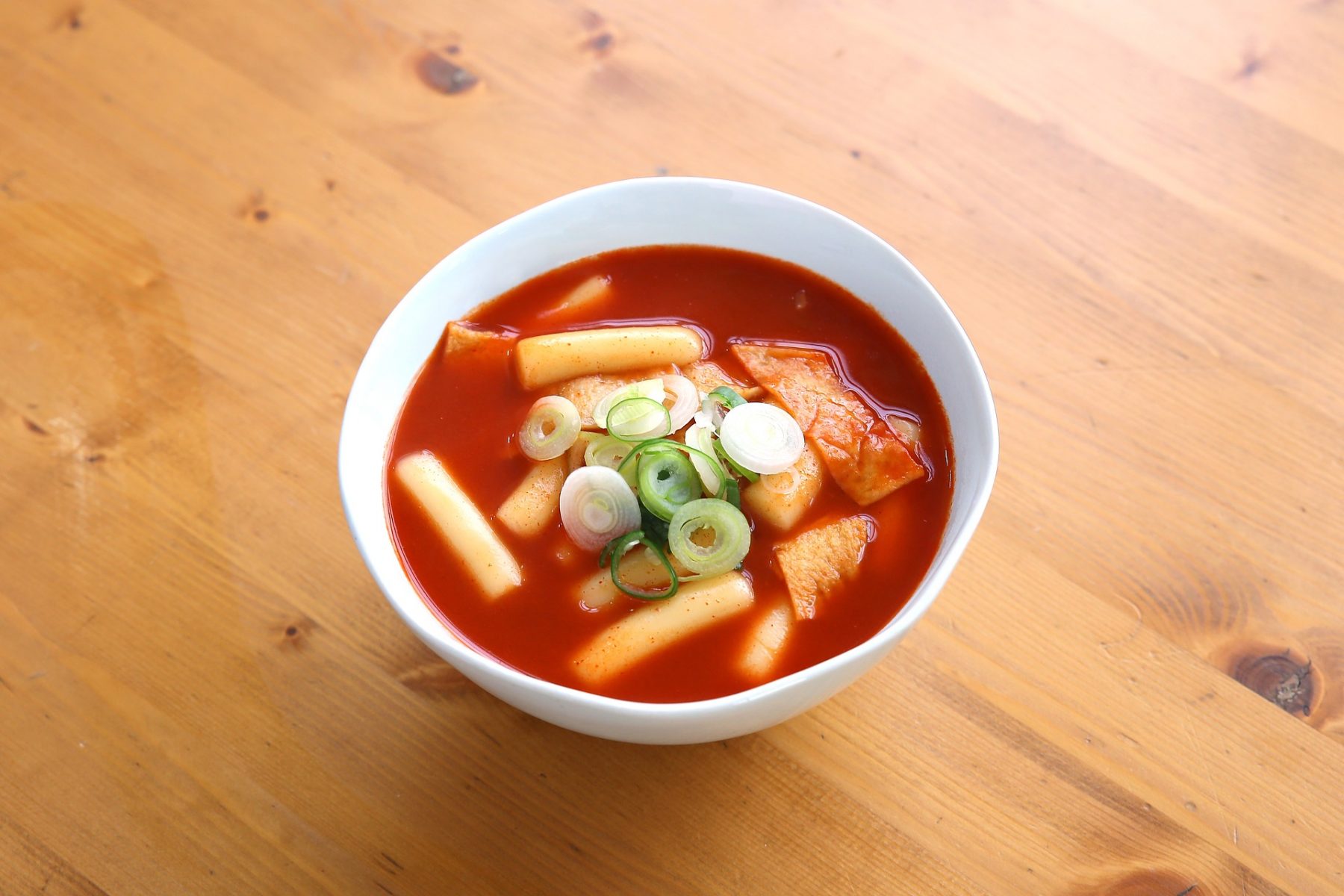There’s no taste like a home-cooked meal, especially during the holidays. The flaming fireplace warms up your body as you anticipate the approaching feast — slowly but surely, the time to devour your delicious meal will come. But what about the people who can’t go home, either because of physical or personal reasons? For me, going home is not an option as my family lives overseas. With the pandemic again rising in the U.S., flights back are closed, and many people are stuck wherever they may be. I can’t give you the most wonderful time of the year, but I can introduce you to a few of my go-to Korean meals to spruce up the season. Here are a few Korean dishes that are easy to make, whether it be in a house or a dorm.
1. Dukbokki
In Korea, dukbokki is a dish sold in street markets and often called a diet snack — and this sweet and spicy meal can be enjoyed as a snack as well as a meal. Sometimes, people may pair this with odeng in soup. It’s a perfect combination, with the warm and salty flavor of odeng complementing the burn left on your tongue from the dukbokki. Many people cook dukbokki with fish cakes, but my mom pairs slices of meat with hers and adds less spice, complementing my taste buds. If spice is not your forte, there are different variations like carbonara dukbokki, soy sauce dukbokki, cheese dukbokki and many more. Since it’s very popular among Korean dishes, markets also sell premade mixes, so a stove isn’t necessary.
2. Jeon (Korean Pancakes)
Who doesn’t love pancakes for breakfast? I can tell you that Korean people especially love them. Not only are there sweet ones, but also savory ones that can be eaten any time of the day — for example, light and toasty pancakes filled with scallions and seafood. On a rainy day, jeon filled with chopped kimchi, zucchini or potatoes is bound to brighten the mood. My personal favorite is not made the same as most jeon dishes; it’s made with eggs alone. In the jeon, my mom beats up eggs and adds chopped green onions and imitation crab meat. There are many different kinds including fish and pork, which are just as mouthwatering.
3. Soups and Stews
The classic meal every Korean kid has eaten is soup or stew with freshly cooked rice. As rice is a staple when it comes to Korean dishes, it’s only right that a hot bowl of soup or stew be its partner. With cold weather approaching, soondubu is definitely a dish you can’t miss. However, the two soups I grew up with are kimchi jjigae, which gives off a textural component and flavorful kick, and doenjang jjigae, with its nutty flavor and aromatic qualities. Most restaurants and some households use pork, but my mom always used anchovies, which leaves a cleaner — but fishy — taste of home. Don’t have a stove? No problem. As jjigae is a favorite among Koreans, most markets sell a dehydrated version that just requires water and heat.
4. Gyeran Bap (Egg Rice)
Many people are familiar with bibimbap — rice mixed with assorted vegetables and an optional fried egg — but there’s also bibimbap’s cousin, gyeran bap. As the name implies, gyeran bap is very simple and only requires four ingredients: rice, a fried egg, a spoonful of soy sauce and a fair share of sesame oil. As the dish is simple yet scrumptious, many different ingredients can be added to enhance the flavor. For instance, my dad used to serve gyeran bap with slices of American cheese and I thought he was the best chef. As I grew up, my mom upgraded the dish by adding chopped kimchi and crushed dried seaweed.
So, there you have it, four of the best Korean dishes for any season, especially when it’s cold. These dishes are sure to lift the atmosphere and introduce a whole new palette of flavors — but don’t take my word for it: I suggest you go try making them for yourself.
















